Tax season can feel like a rollercoaster ride, with all those forms and confusing terms flying around.
Imagine you’re an independent contractor who’s been working hard all year or someone who’s earned some extra cash from a side gig. Now, it’s time to tackle your taxes, and you’ve got a 1099 form in hand.
No need to stress! In this blog post, we will help you make sense of this form and how it impacts your taxes.
We’ll explore everything from the different types of 1099 forms to essential deadlines and what to do if you’re still waiting for all your forms to arrive.
So, buckle up, and let’s make this tax season journey smoother!

Key Takeaways
- 1099 Form helps track various types of income you’ve received, ensuring you and the IRS stay informed.
- Recipients can expect their forms by February 15 (1099-B and 1099-S) or January 31 (other types), while payers need to send them to the IRS by February 28 (paper filing) or March 31 (electronic filing).
- If you haven’t received all of your 1099 forms, don’t worry! Reach out to the payer to request a copy and, if needed, contact us for the assistance.
What is an IRS 1099 Form?
An IRS 1099 form is a document that helps you keep track of the money you’ve earned from sources other than a regular employer. When someone pays you, like a client or a company, the payer fills out this form and sends copies to you and the Internal Revenue Service.
Sometimes, they even send a copy to your state tax department. There are many types of 1099 forms, each one for different situations.
When you get your 1099 forms, you’ll need to use them to figure out how much money you made during the year and what kind of income it was.
Why does this matter? When filling out your tax return, you must list your income in different sections based on the type of earnings it represents.
Examples of income on a 1099 form include money you made as a freelancer or independent contractor, rent money if you’re a landlord, a tax refund from your state, or even gambling winnings.
You should usually get your 1099 forms by January 31, but in some cases, they might arrive by February 15.
Examples
- Form 1099-MISC: Imagine you’re a freelance graphic designer and have just finished a small business project. If the business owner paid you more than a certain amount, they must report those payments on a Form 1099-MISC (miscellaneous income).
- Form 1099-INT: Let’s say you have a savings account with a bank, and it pays you interest. The bank will send you a Form 1099-INT to show you how much interest you earned during the tax year.
- Form 1099-DIV: Picture yourself as an investor in stocks, and you receive dividends from your investments. Your brokerage firm will give you a Form 1099-DIV to report the dividend income you made.
When Can I Expect to Send or Receive My 1099 Forms?
Well, as a recipient, you’ll usually get your 1099 forms by January 31, following the tax year in which you earned the income.
For example, if you made some money in 2022, you should look forward to receiving your 1099 form by January 31, 2023.
On the other hand, if you’re responsible for sending 1099 forms, most need to reach recipients by January 31.
When submitting these forms to the IRS, the deadlines can vary. If you’re mailing paper forms, make sure they’re postmarked by February 28.
Just remember, Form 1099-NEC is due to both recipients and the IRS by January 31, regardless of whether they’re filed electronically or on paper.
Even though 1099 forms have early due dates, you still have time to file your tax return until the regular tax filing deadline.
Sending 1099s to the IRS early helps them detect refund fraud more easily by verifying the income people report on their tax returns.

What Should I Do If I Haven’t Received All My 1099 Forms?
Most of the time, you should receive them by January 31 or February 15.
But sometimes, things go differently than planned, and you might not get all your 1099 forms on time. Don’t worry! You can still handle this situation.
First, if you haven’t gotten all of your 1099 forms by the deadline, reach out to the person or business who should have sent them. Kindly ask them to send you a copy of your 1099, so you can file your taxes on time.
It’s essential to remember that even if you don’t get your 1099 forms, you’re still responsible for paying the taxes you owe. So, report your income on your tax return to avoid any trouble with the IRS, like paying extra taxes or facing penalties.
If you’ve tried contacting the person or business and still haven’t received your 1099 form, don’t panic!
You can always call the IRS for help at 1-800-829-1040. They’re there to assist you, and together, you’ll figure out the best way to handle your tax situation.
Type of 1099 Forms
| Due Date to Recipient | Due Date to IRS | Example | |
| Form 1099-A This form reports when a lender has returned a borrower’s property. It’s typically used when a foreclosure or the borrower gives up the property. |
January 31 | February 28 (paper filing) or March 31 (electronic filing) | A mortgage lender will issue this form if a borrower’s property is foreclosed upon or abandoned. |
| Form 1099-B This form reports the proceeds from selling stocks, bonds, or other investments. It helps you keep track of capital gains and losses for tax purposes. |
February 15 | February 28 (paper filing) or March 31 (electronic filing) | A brokerage firm would issue this form to report the sale of stocks, bonds, or other securities. |
| Form 1099-C This form is used when a debt you owe gets canceled or forgiven. It’s important because the IRS usually treats canceled debt as taxable income. |
January 31 | February 28 (paper filing) or March 31 (electronic filing) | A credit card company will issue this form if they decide to forgive a customer’s outstanding balance. |
| Form 1099-CAP This form comes into play when there’s a change in corporate control or capital structure. Shareholders need it to report any gains or losses from the transaction. |
January 31 | February 28 (paper filing) or March 31 (electronic filing) | A corporation will issue this form to shareholders if it undergoes a significant control or capital structure change, such as a merger or acquisition. |
| Form 1099-DIVThis form helps you report dividend income from stocks or mutual funds. It’s essential to make sure you pay taxes on the correct amount of dividend income. | January 31 | February 28 (paper filing) or March 31 (electronic filing) | A financial institution would issue this form to investors who received dividends from their stock investments. |
| Form 1099-G This form reports government payments, like tax refunds, unemployment benefits (unemployment compensation, unemployment insurance, etc.), or agricultural subsidies. It helps you know what government payments are taxable and which aren’t. |
January 31 | February 28 (paper filing) or March 31 (electronic filing) | A state taxing authority would issue this form to taxpayers who received a state tax refund. |
| Form 1099-INTThis form is about interest income, such as what you earn from a savings account or a bond. It helps you report your interest income accurately on your tax return. | January 31 | February 28 (paper filing) or March 31 (electronic filing) | A bank would issue this form to customers who earned interest on their savings account. |
| Form 1099-K This form reports payments made through credit cards, debit cards, or third-party networks like PayPal. It’s essential for the business owner and independent contractor who receive these types of payments. |
January 31 | February 28 (paper filing) or March 31 (electronic filing) | A payment processor like PayPal would issue this form to a seller who received payments for goods or services through their platform. |
| Form 1099-LTC This form is used to report long-term care insurance benefits. It helps you understand what benefits are taxable and how to report them on your tax return. |
January 31 | February 28 (paper filing) or March 31 (electronic filing) | An insurance company would issue this form to a policyholder who received long-term care or accelerated death benefits. |
| Form 1099-MISC You can use this form to report prizes, awards, medical and health care payments, crop insurance proceeds, or rental income. It’s a catch-all form for different types of income that don’t fit into other 1099 forms. |
February 1 | February 28 (paper filing) or March 31 (electronic filing) | A small business owner would issue this form to an independent contractor who provided services to their business. |
| Form 1099-NEC This form reports non-employee compensation, like payments to freelancers or independent contractors. It helps self-employed folks report their income accurately to the IRS. |
February 1 | February 1 | A company would issue this form to a freelance writer who was paid for creating content for their website. |
| Form 1099-OID This form reports original issue discount (OID) income from bonds or other debt instruments. It’s important for investors with bonds or notes issued at a discount. |
January 31 | February 28 (paper filing) or March 31 (electronic filing) | A financial institution would issue this form to an investor who holds a bond issued at a discount to its face value. |
| Form 1099-PATR This form reports patronage dividends from cooperatives, like agricultural or utility co-ops. It helps members of cooperatives report their dividend income accurately. |
January 31 | February 28 (paper filing) or March 31 (electronic filing) | An agricultural cooperative would issue this form to a farmer who received patronage dividends from the cooperative. |
| Form 1099-Q This form reports distributions from education savings accounts, like 529 plans or Coverdell ESAs. It helps parents and students report their withdrawals for education expenses correctly. |
January 31 | February 28 (paper filing) or March 31 (electronic filing) | A financial institution would issue this form to a parent who withdrew from a 529 plan to pay for their child’s college expenses. |
| Form 1099-R It can be used to report distributions from retirement plans, like pensions, annuities, or IRAs. It’s significant for retirees and others receiving retirement income to report it accurately on their tax returns. |
January 31 | February 28 (paper filing) or March 31 (electronic filing) | A retirement plan administrator would issue this form to a retiree who received pension payments during the tax year. |
| Form 1099-S Tax form that’s all about real estate transactions. When you sell a property, the person who helps you with the sale (like a real estate agent) sends you this form to report the money you made. |
January 31 | February 28 (paper filing) or March 31 (electronic filing) | A real estate agent would issue this form to a seller who sold a property during the tax year. |
| Form 1099-SA A particular tax form for medical savings accounts. If you have a Health Savings Account (HSA), Archer Medical Savings Account (MSA), or Medicare Advantage MSA, the bank that holds your account sends you this form to show how much money you took out during the year to pay for medical expenses. |
January 31 | February 28 (paper filing) or March 31 (electronic filing) | A financial institution would issue this form to an HSA account holder who withdrew from their account to pay for medical expenses. |
| Form 1099-SSA The Social Security Administration sent a tax form to report Social Security benefits received during the year. It helps you determine if your benefits are taxable and how much must be reported on your income tax return. |
January 31 | February 28 (paper filing) or March 31 (electronic filing) | Suppose you’re a retiree who received Social Security benefits during the year. You’ll get Form SSA-1099 from the Social Security Administration, showing your total benefits. |
In Conclusion
Knowing the different types of 1099 forms is super crucial for both the people sending them and those receiving them.
If you’re getting a 1099 form, it’s good to know when it should arrive, how to include the income on your taxes, and what steps to take if it doesn’t show up.
By staying on top of things and keeping yourself organized, you can make tax time way less scary and be sure you’re telling the IRS about your income correctly.
Don’t miss out on more helpful tips and insights like these! Make sure you subscribe to our blog today. By signing up, you’ll get our latest articles and updates delivered to your inbox. Stay informed and make tax season a breeze – enter your email below!
Frequently Asked Questions (FAQs)
What does the 1099 form stand for?
A 1099 form is a series of tax forms used by the IRS to report income earned by self-employed individuals, independent contractors, and non-employee workers. “1099” refers to the IRS form number for these documents. There are 1099 forms, each designed for specific types of income, such as interest, dividends, or non-employee compensation.
How do I get a 1099 form?
As a recipient, you will typically receive a 1099 form from the payer or entity that paid you during the tax year. Suppose you are an independent contractor; the company or individual that hired you will provide the 1099 form. You should contact the payer to request a copy if you have yet to receive the form by the due date. As a payer, you can obtain 1099 forms from the IRS website or purchase them from office supply stores.
What form to use with 1099?
When filing your income tax return, you must include the income reported on your 1099 forms. The specific tax form you use depends on your filing status and the nature of your income. For most individuals, this will be Form 1040 or Form 1040-SR (for seniors). If you are self-employed or an independent contractor, you will also need to complete Schedule C (Profit or Loss from Business) or Schedule C-EZ (Net Profit from Business), and Schedule SE (Self-Employment Tax).


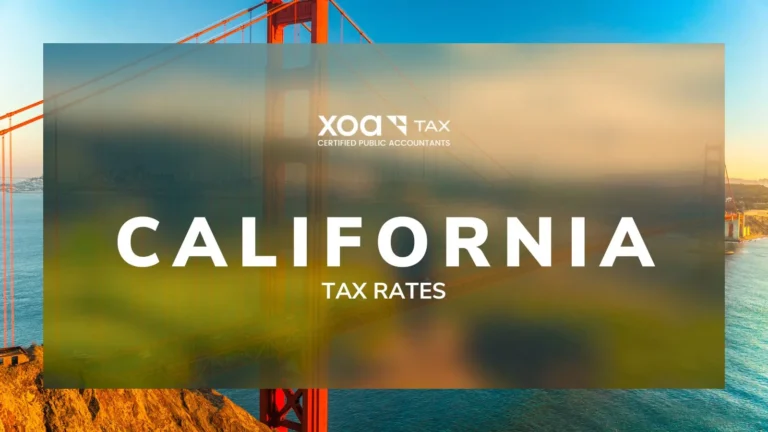

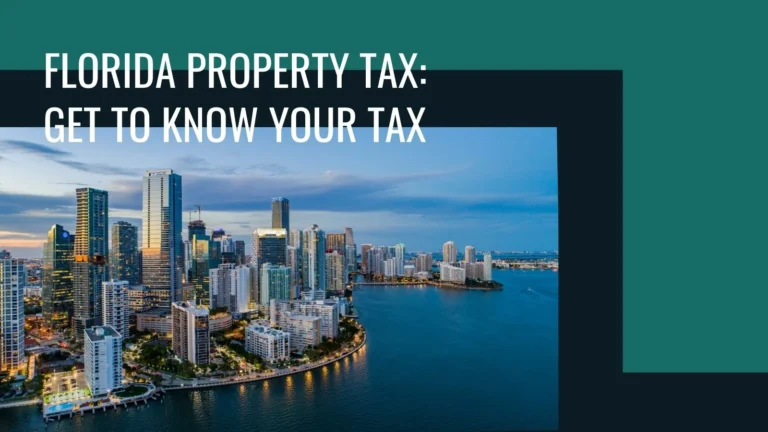
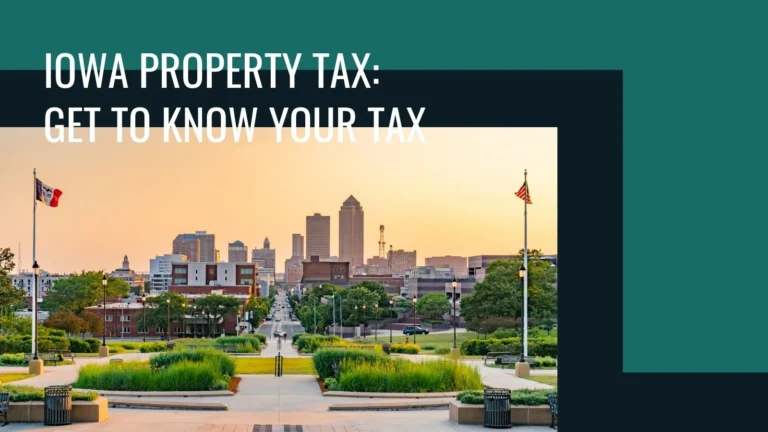














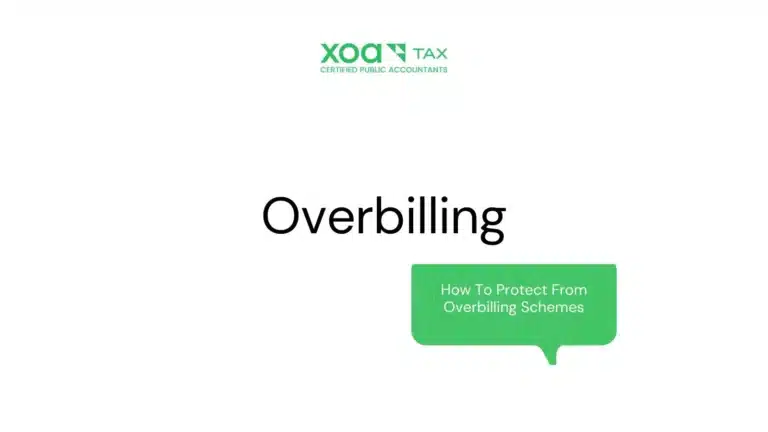
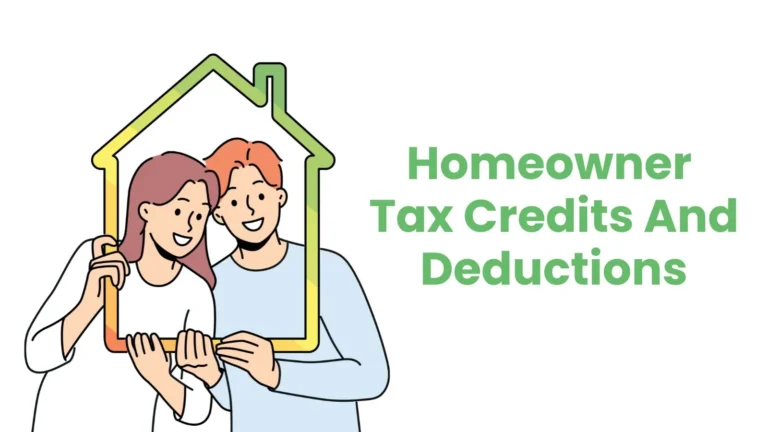

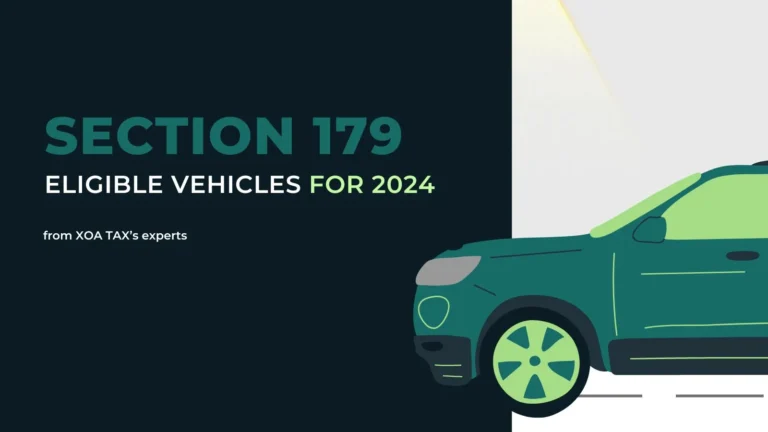
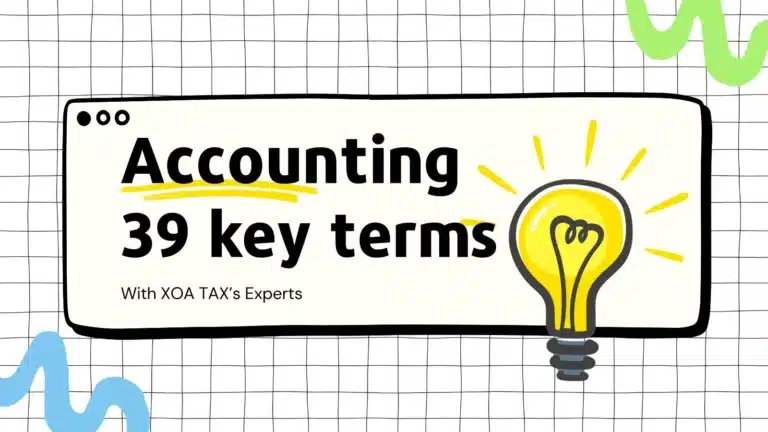
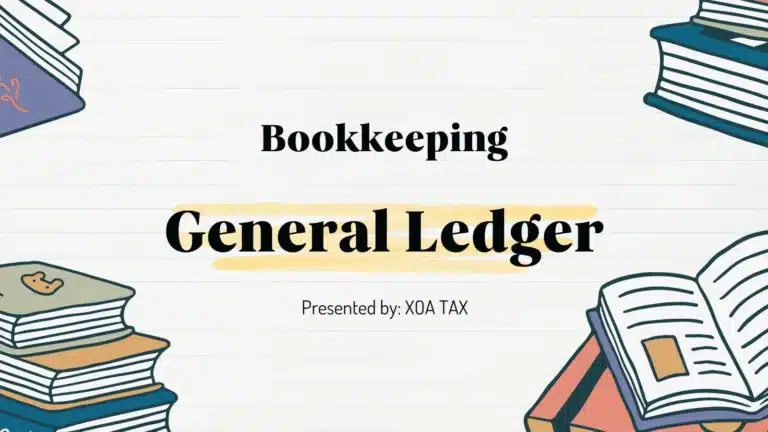
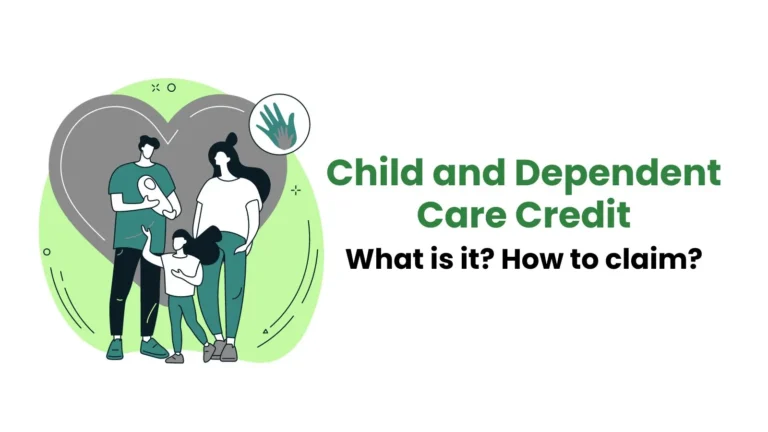
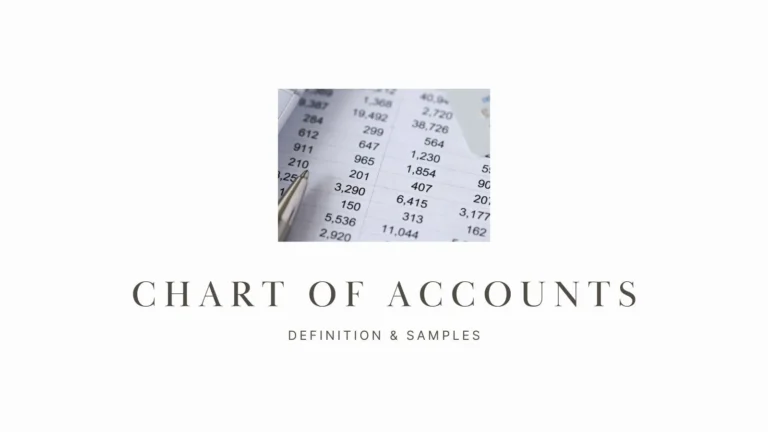
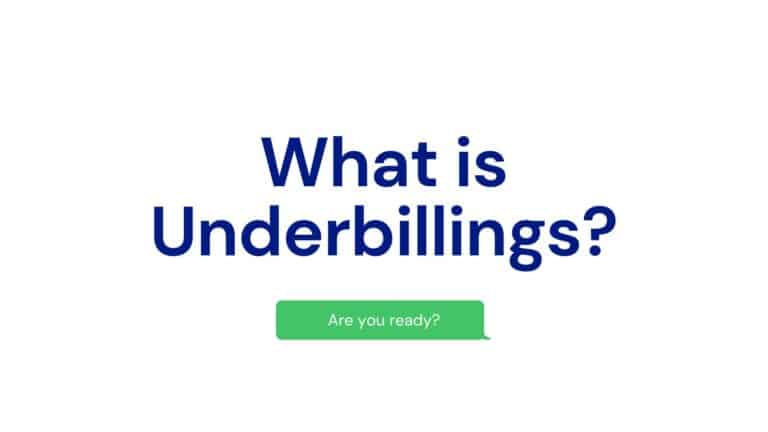


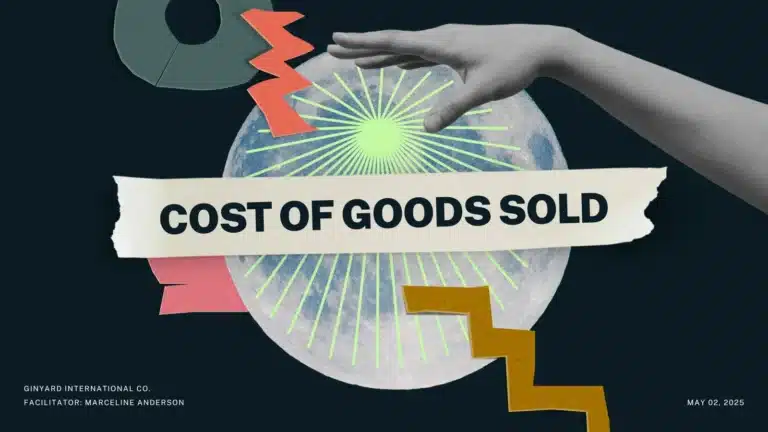
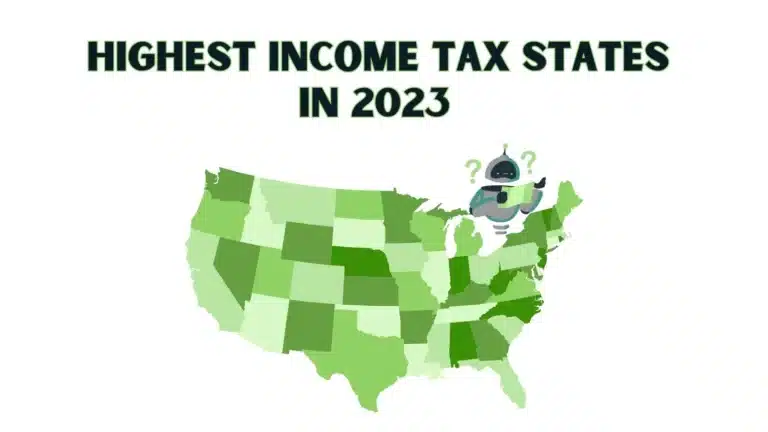

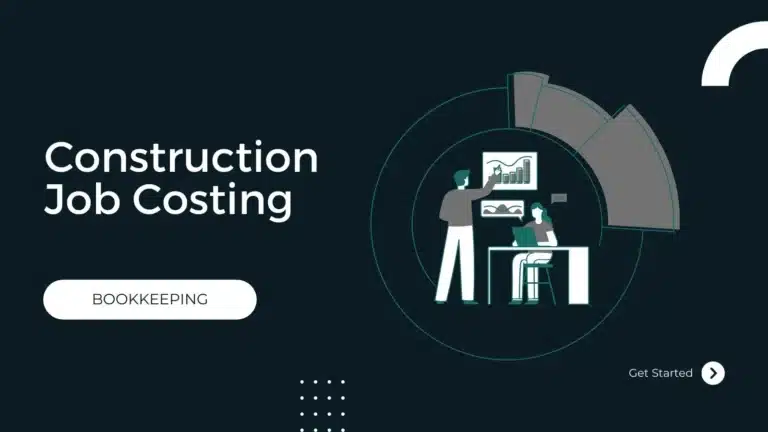
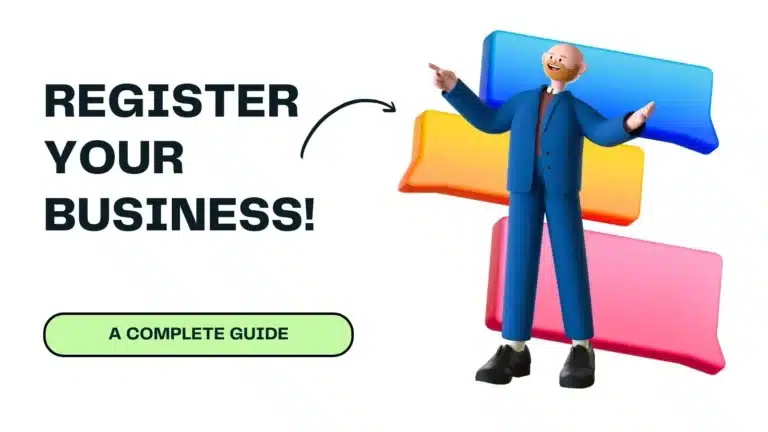
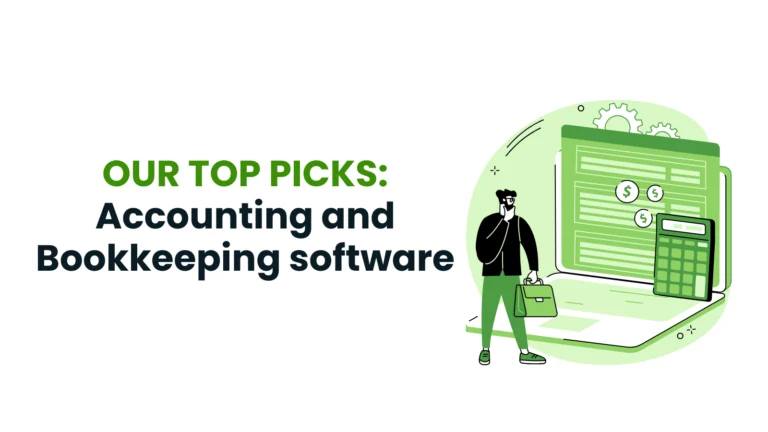
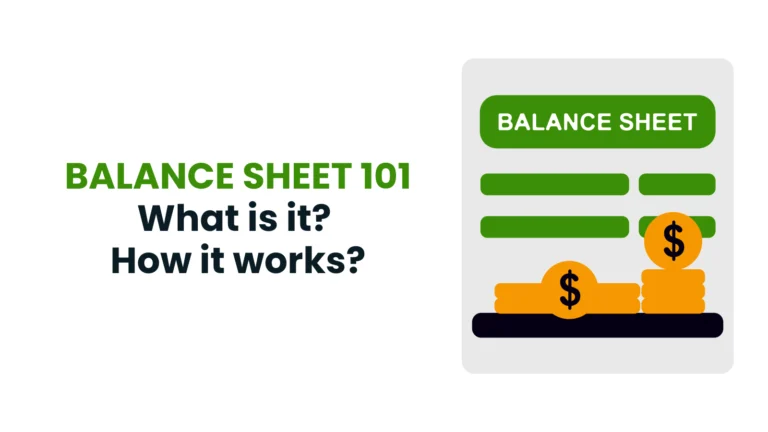
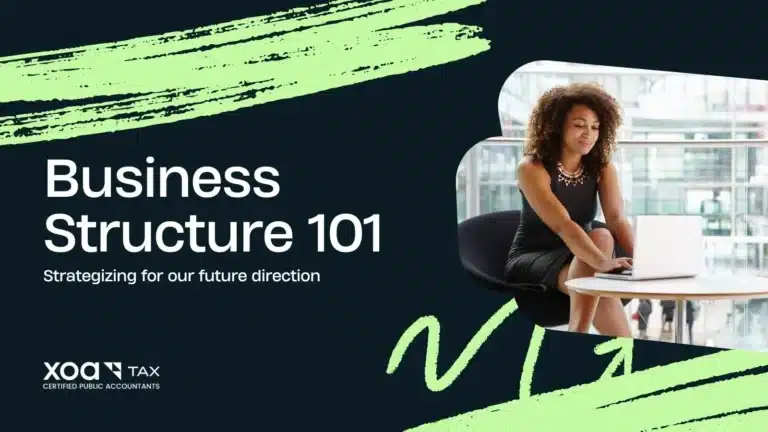
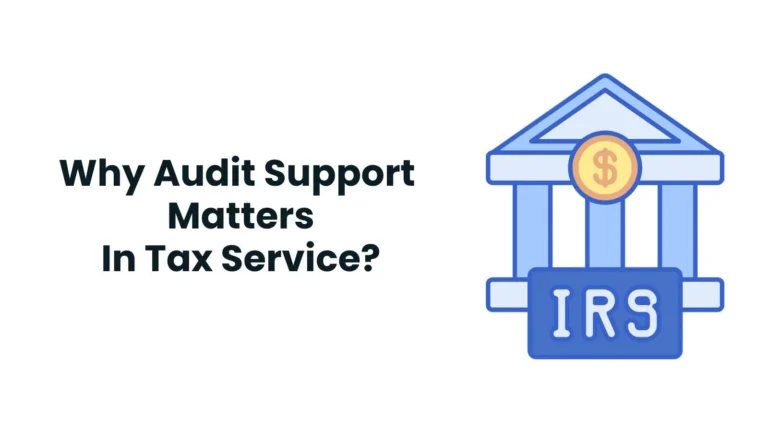

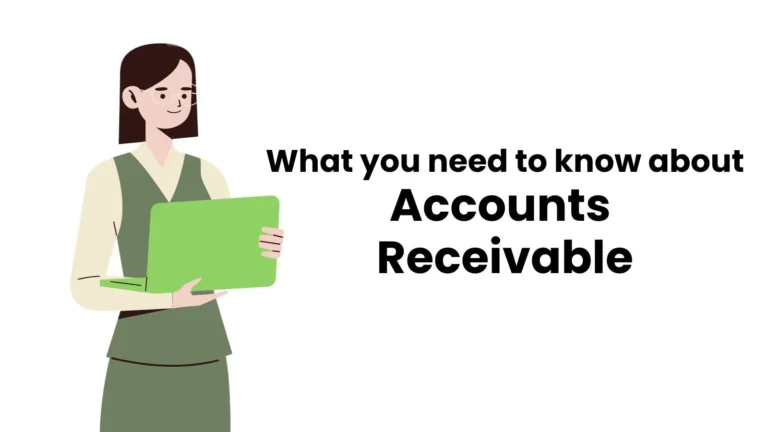


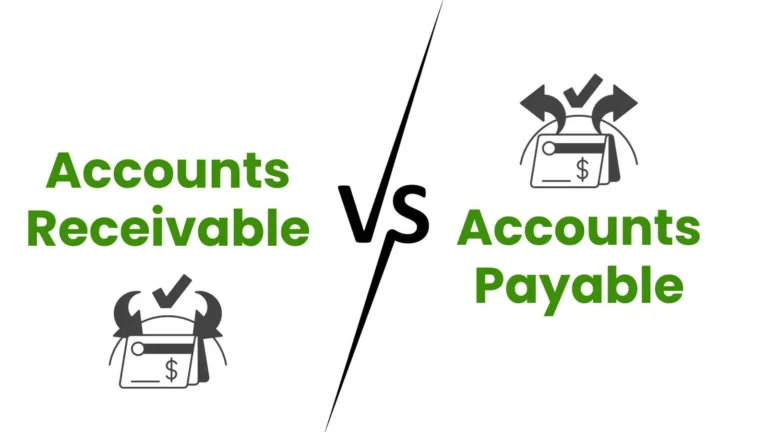
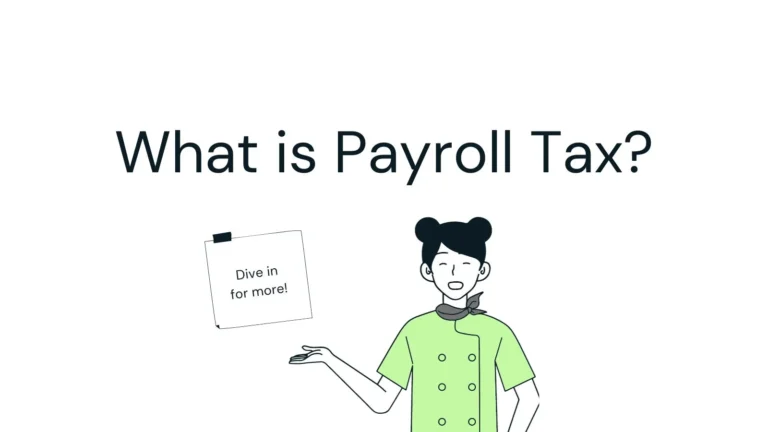
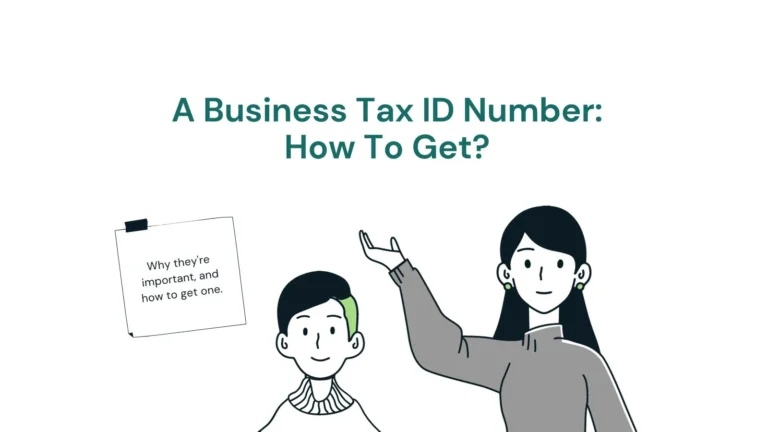

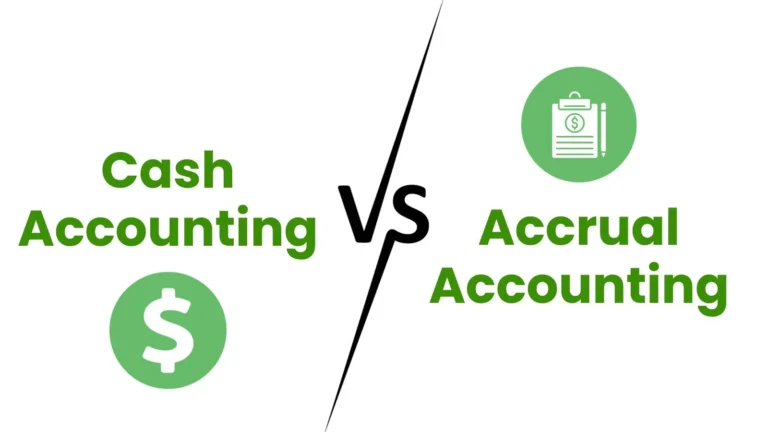
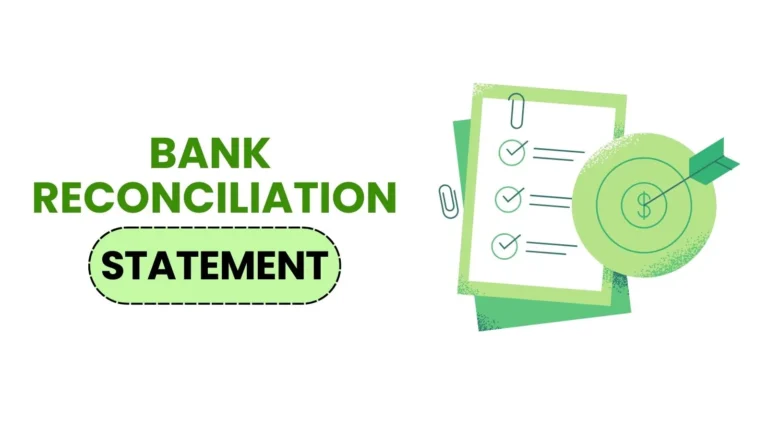
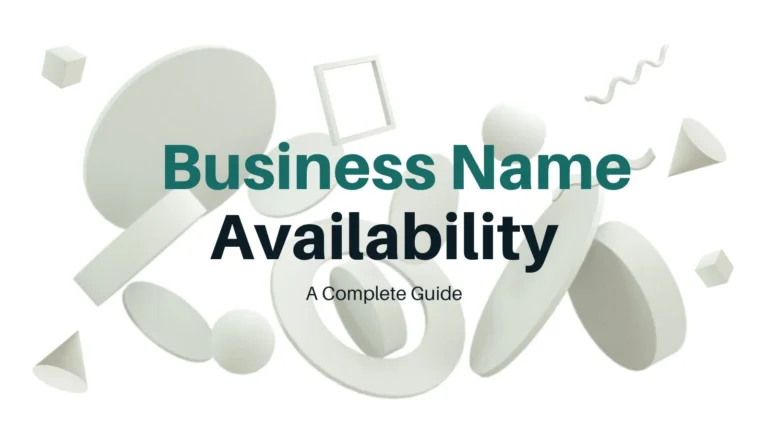
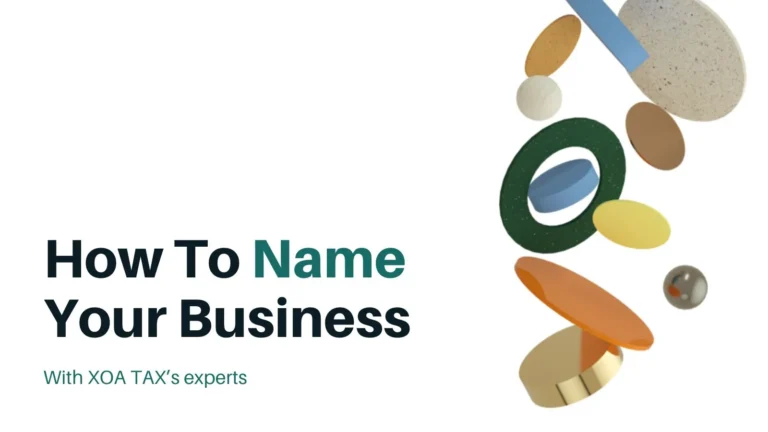

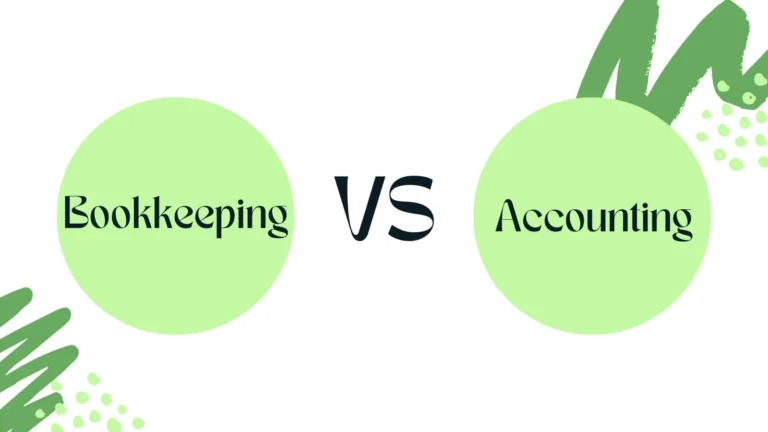

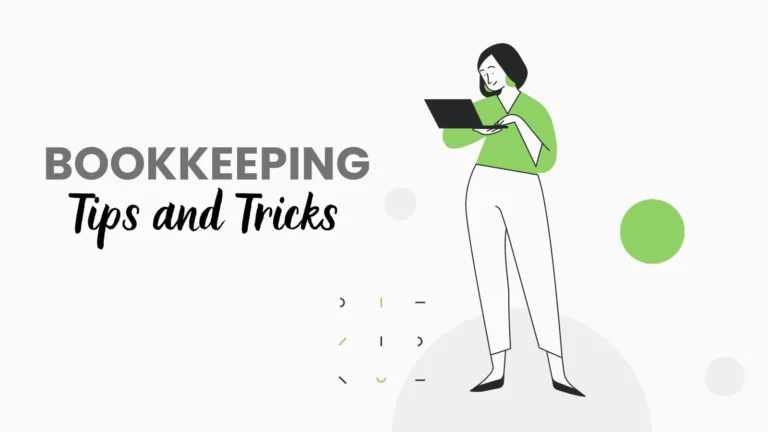

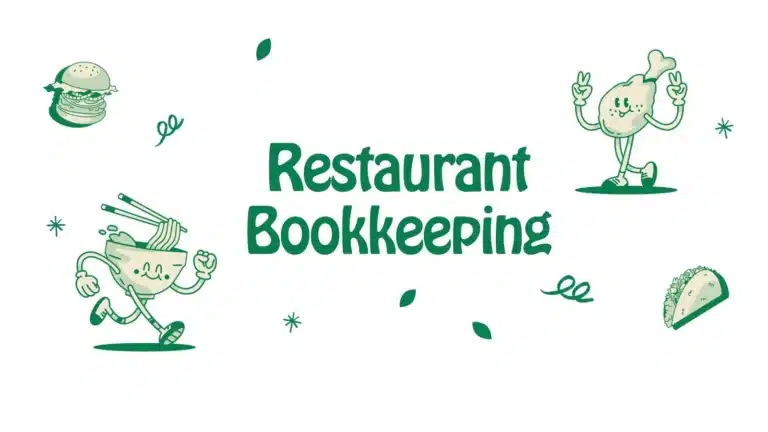
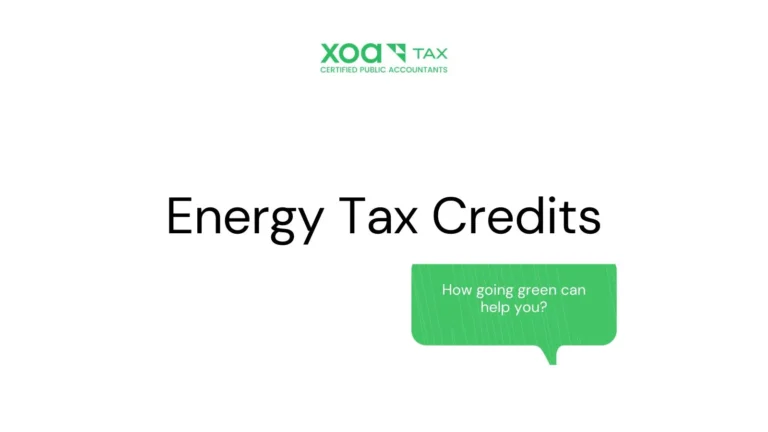

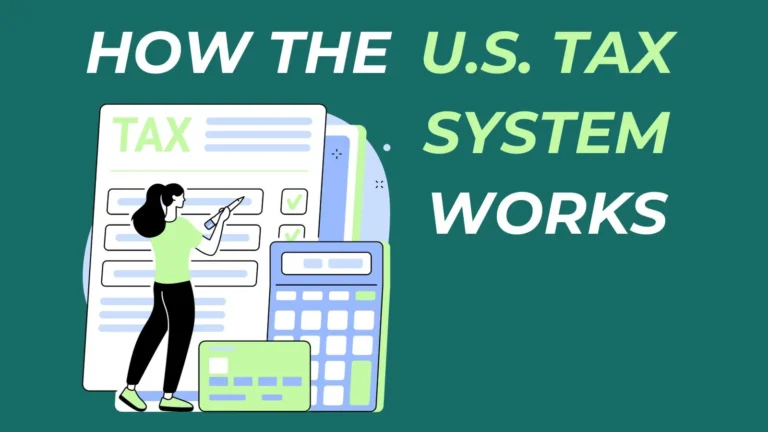
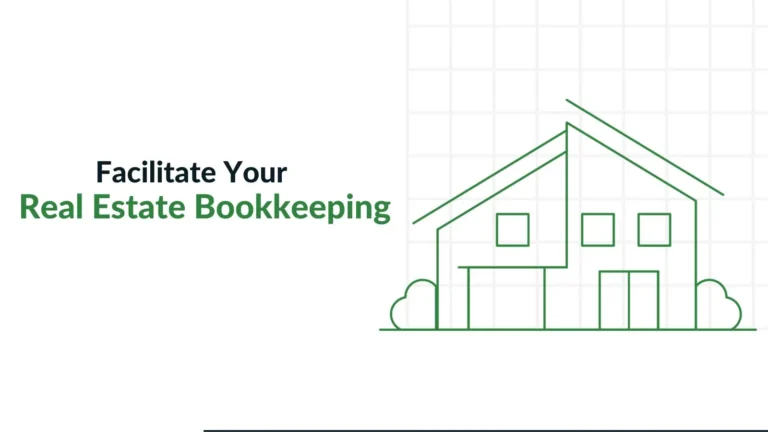
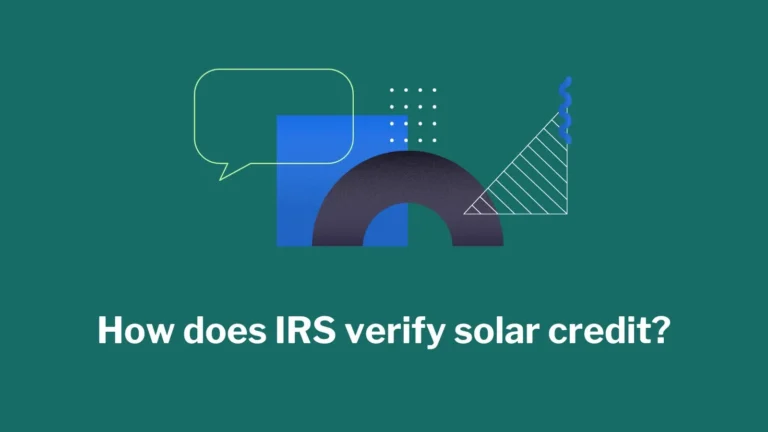
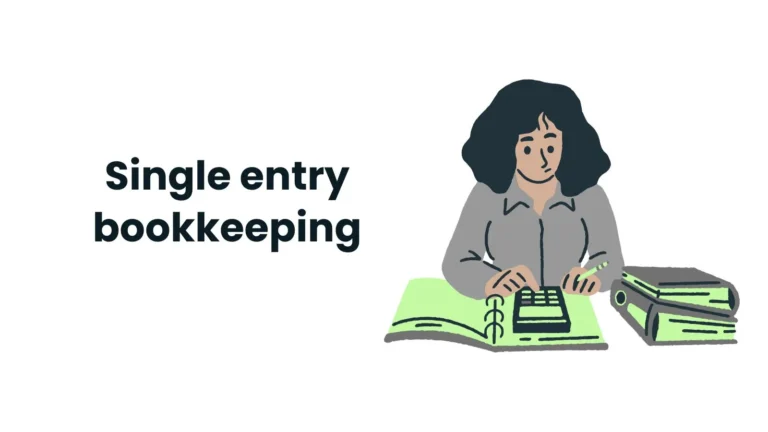
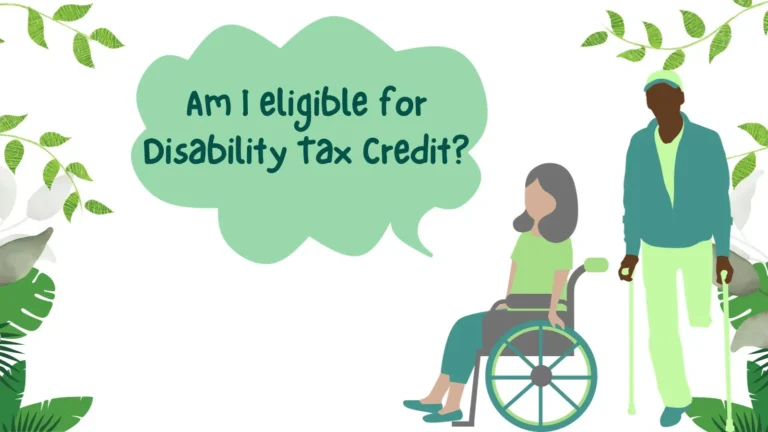
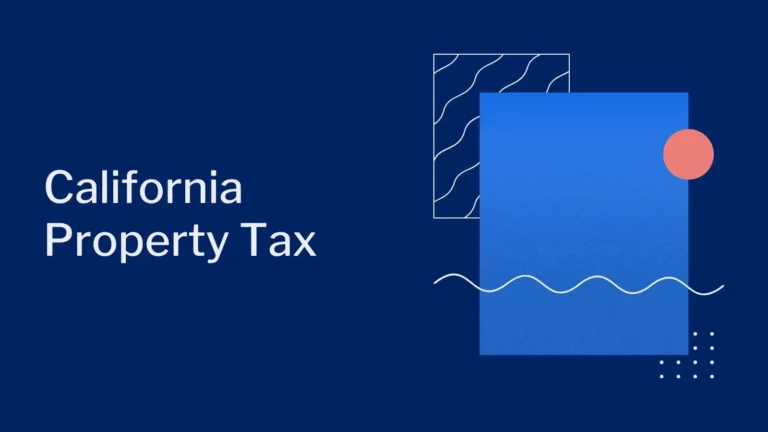

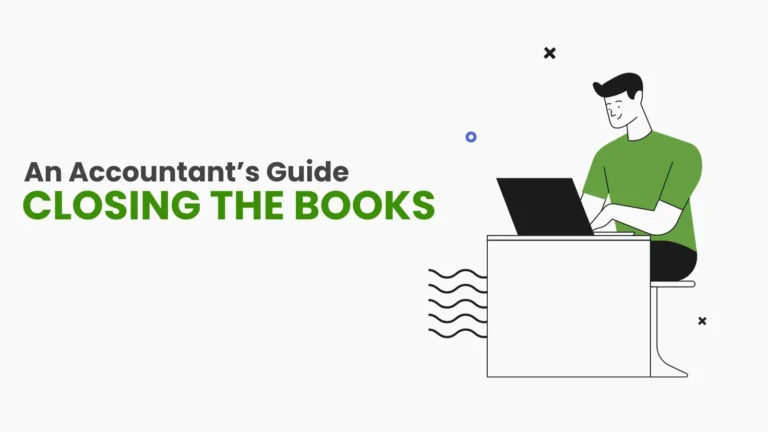
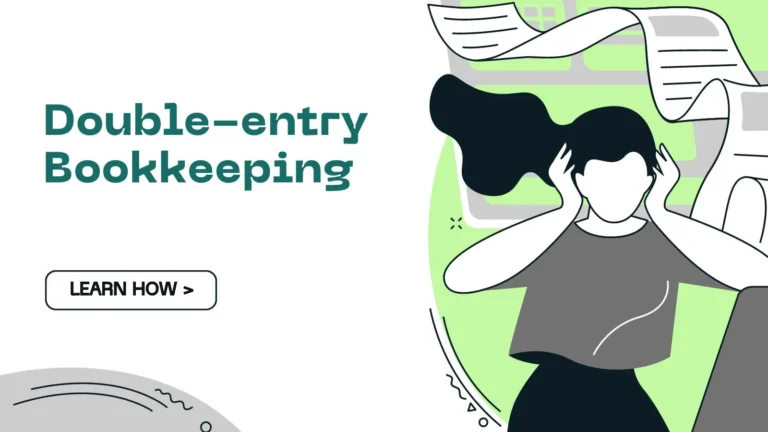
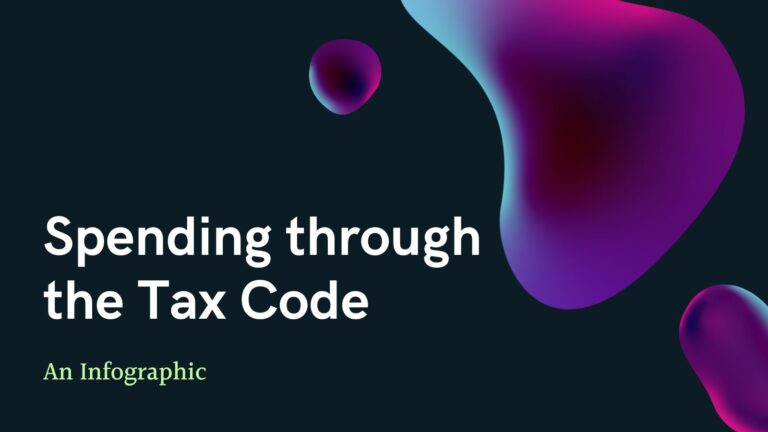
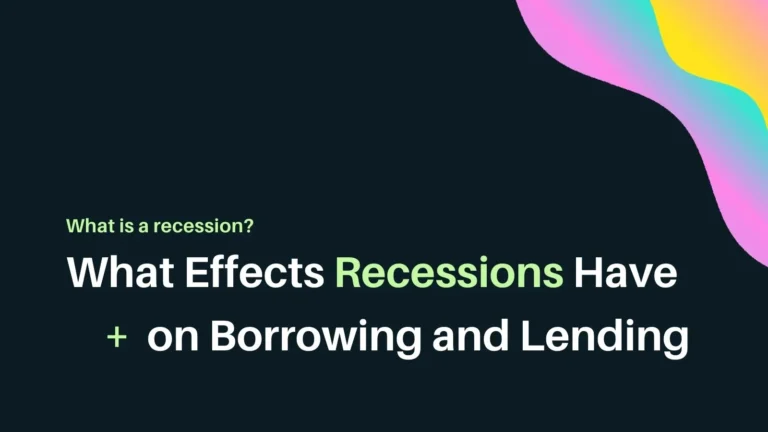
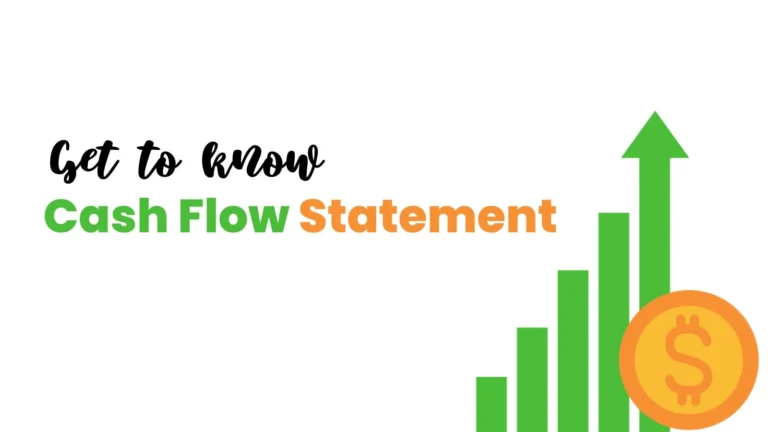
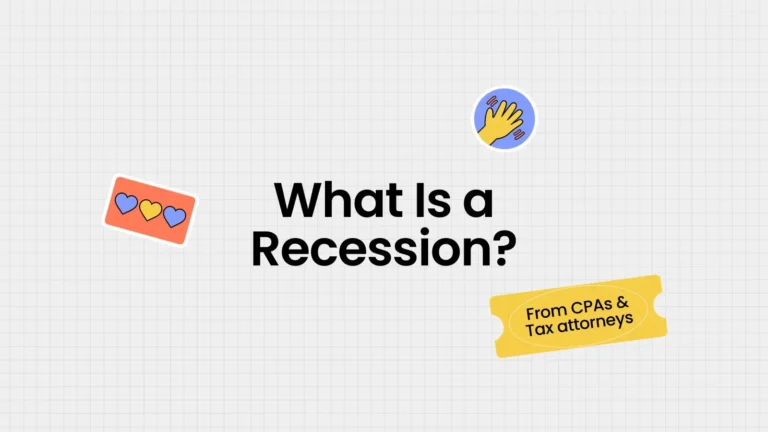
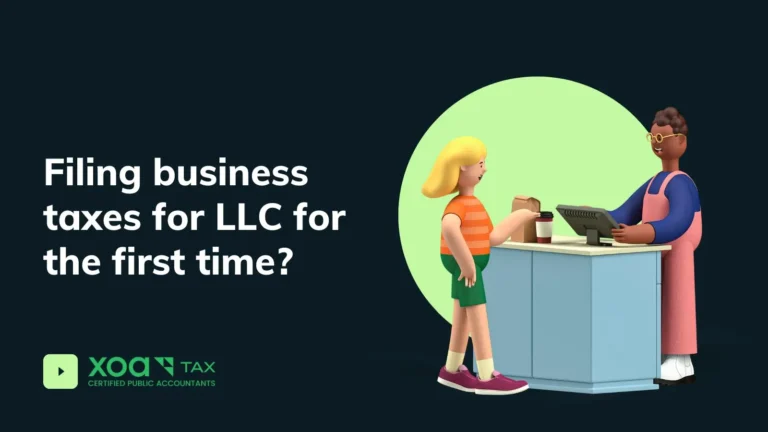
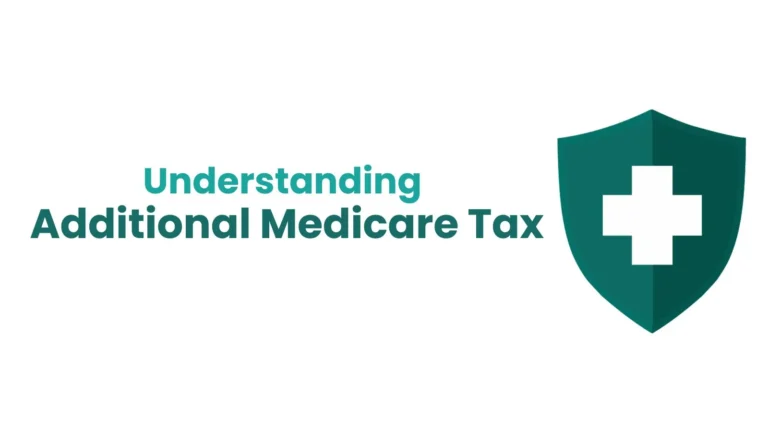
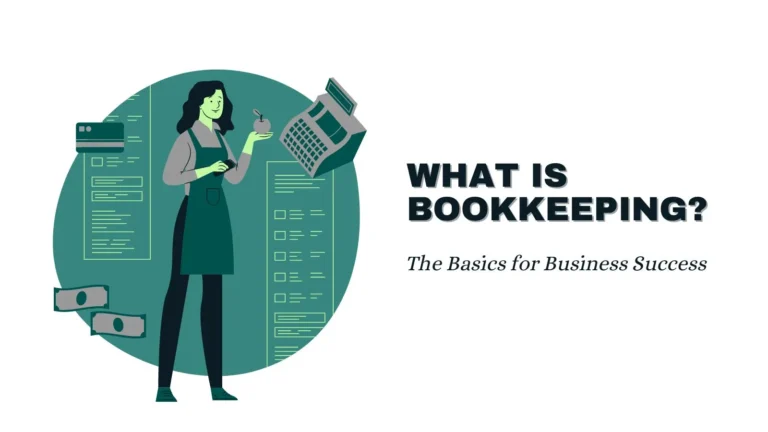
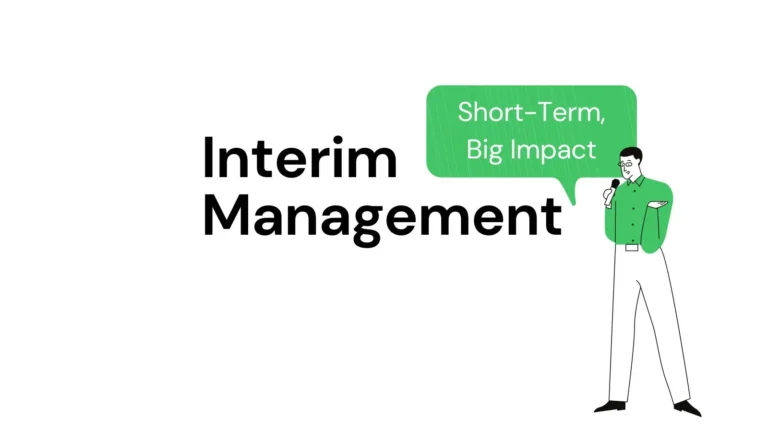

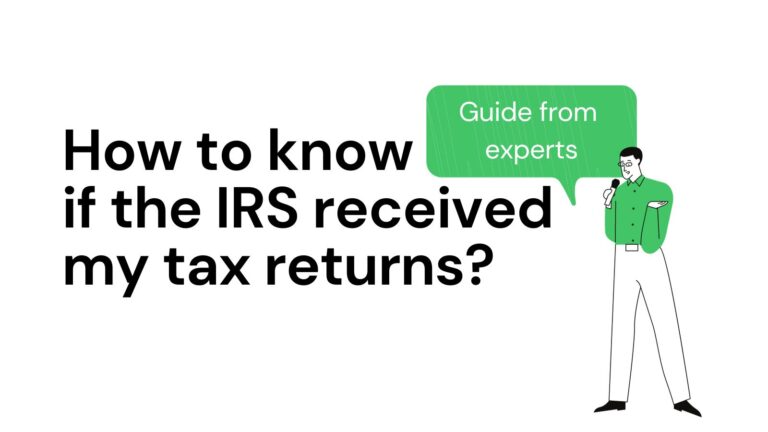
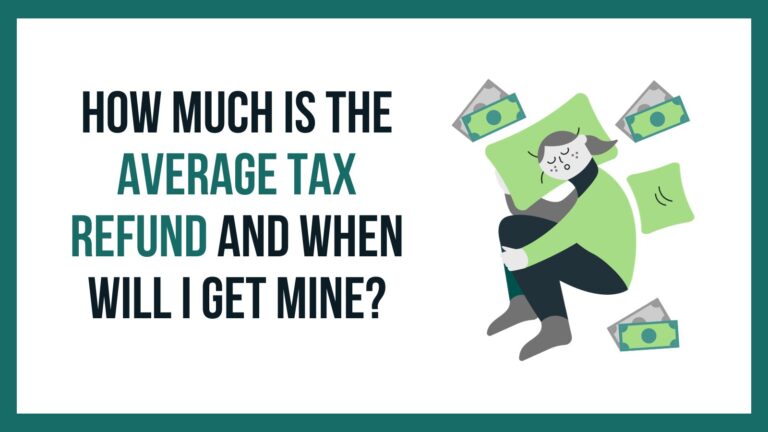
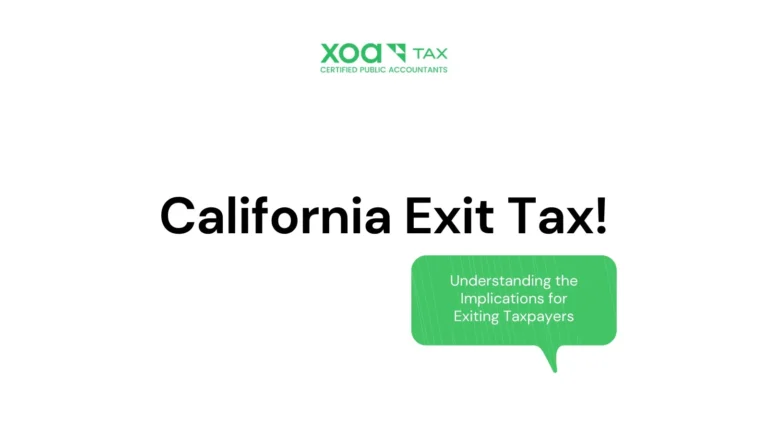
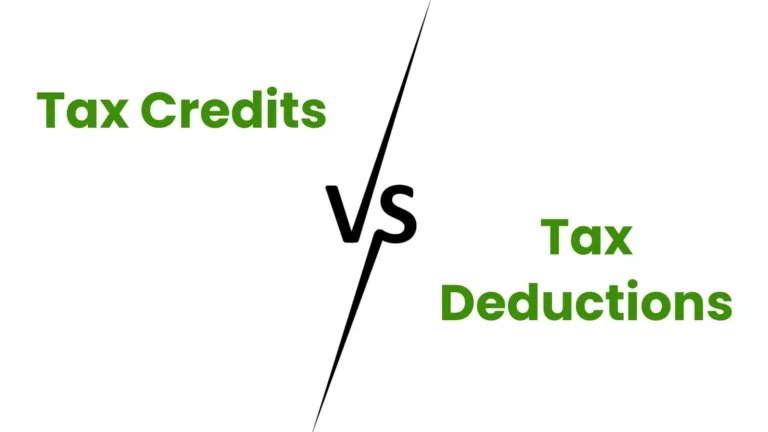
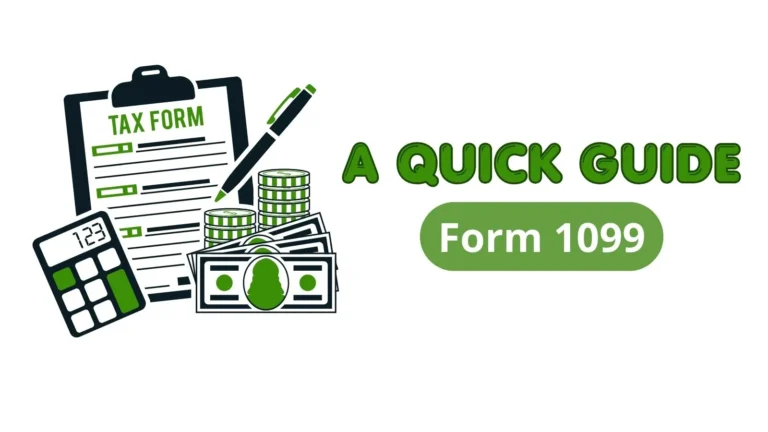
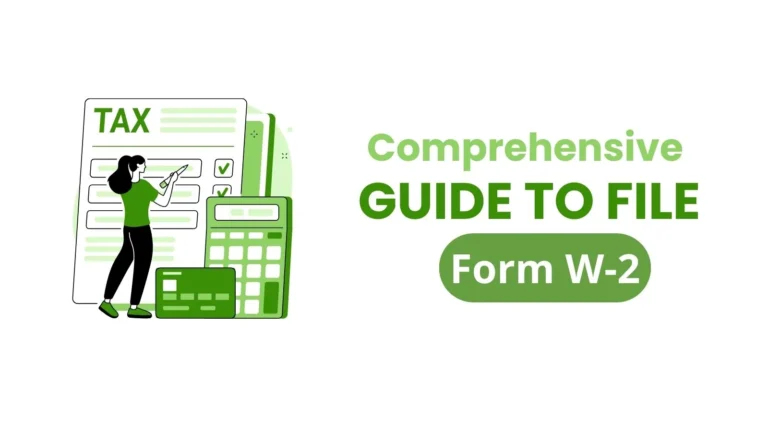
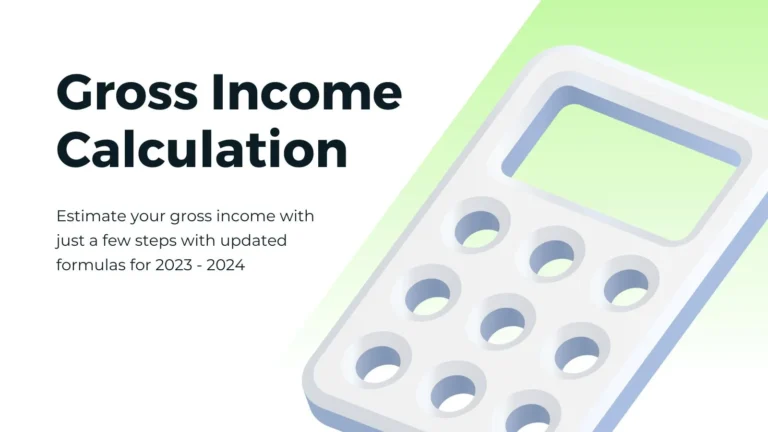
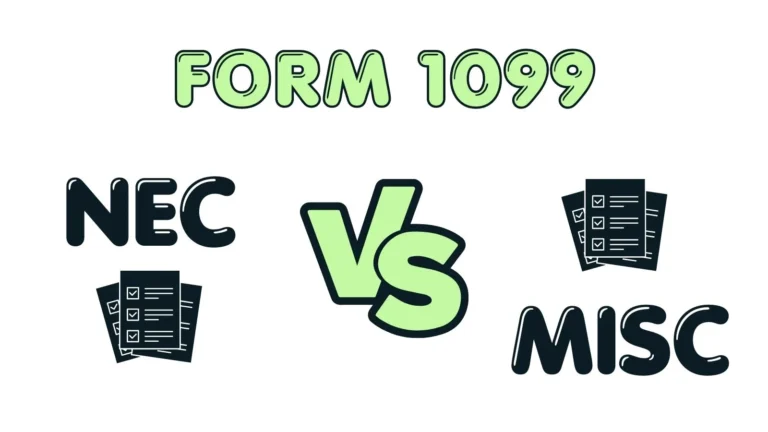
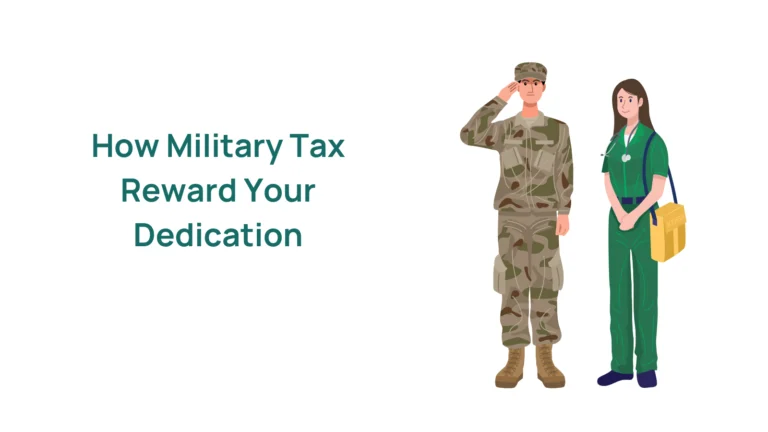
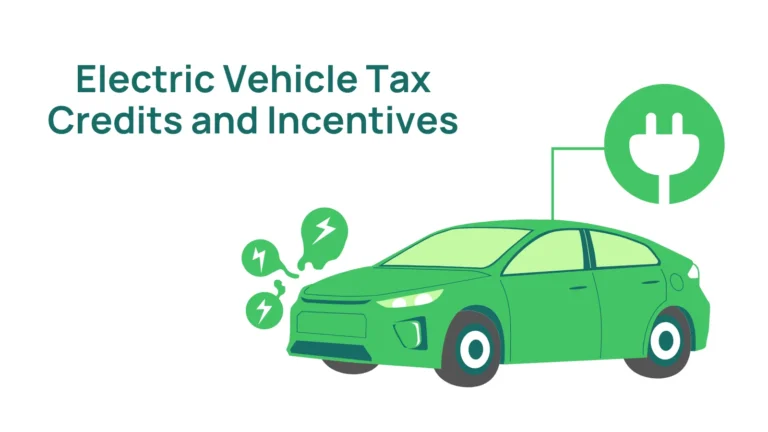
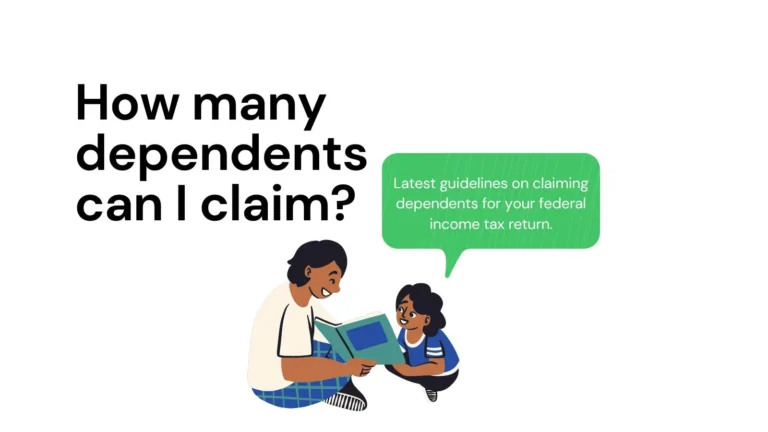
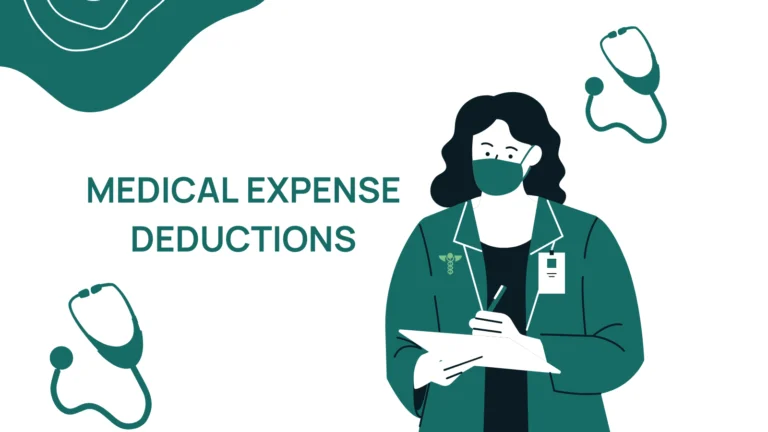
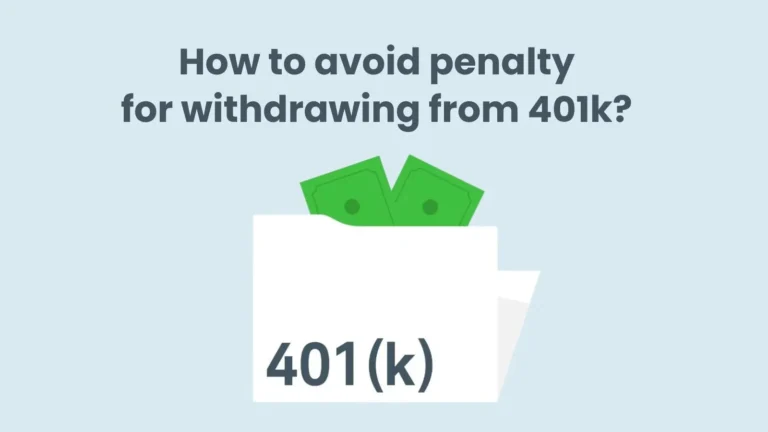
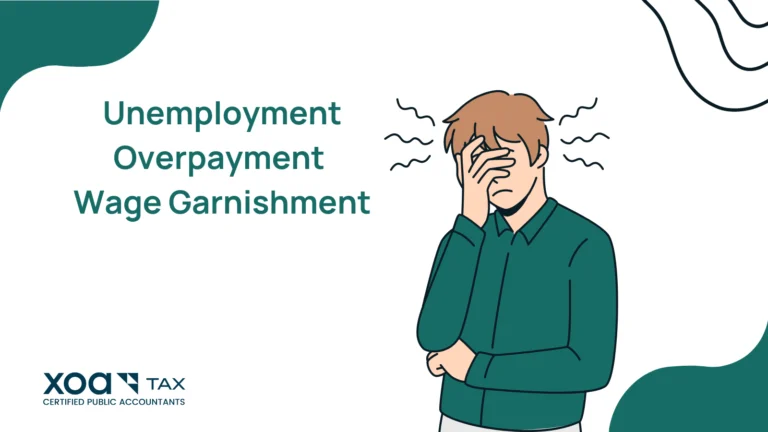
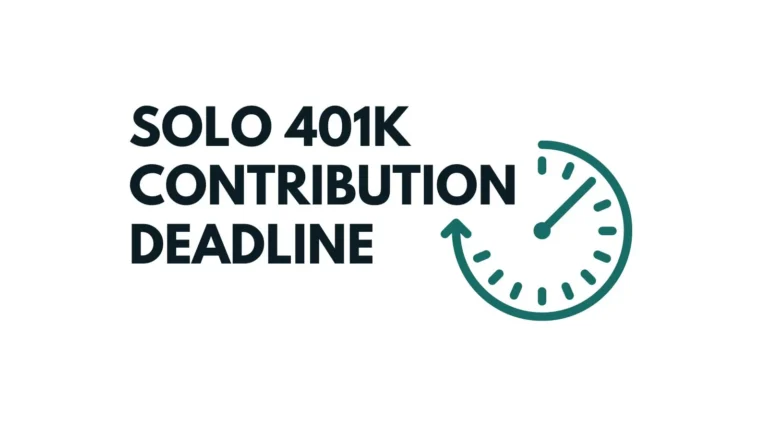
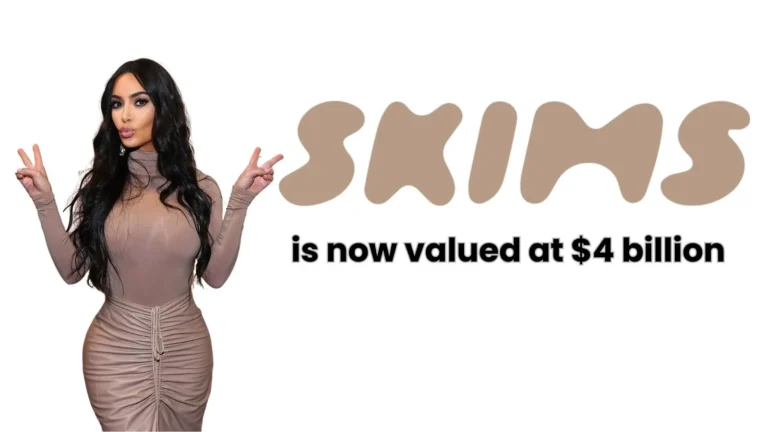
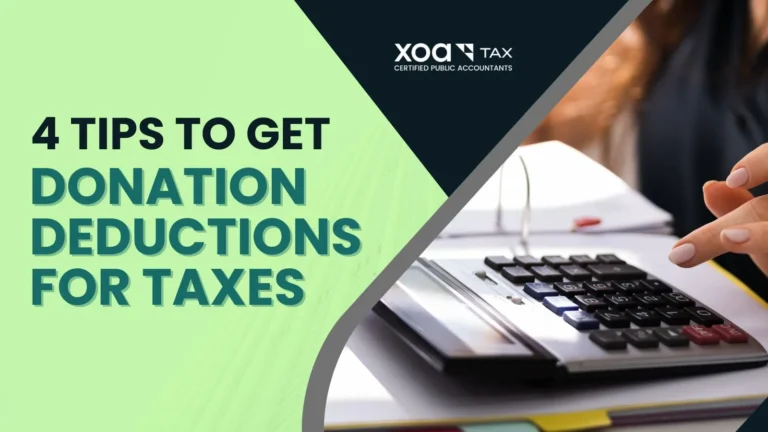



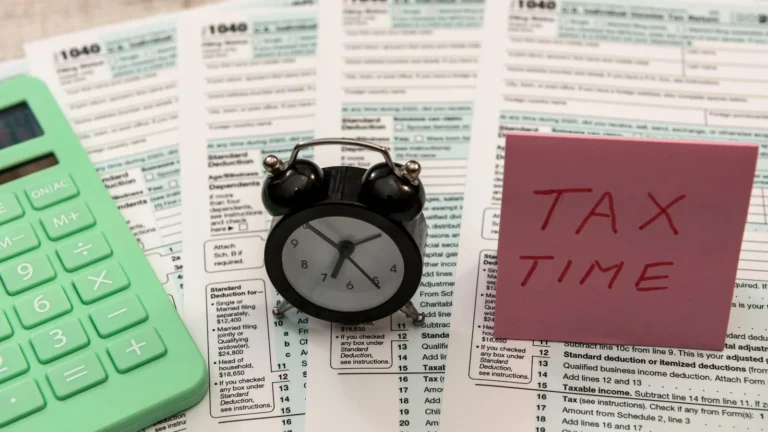
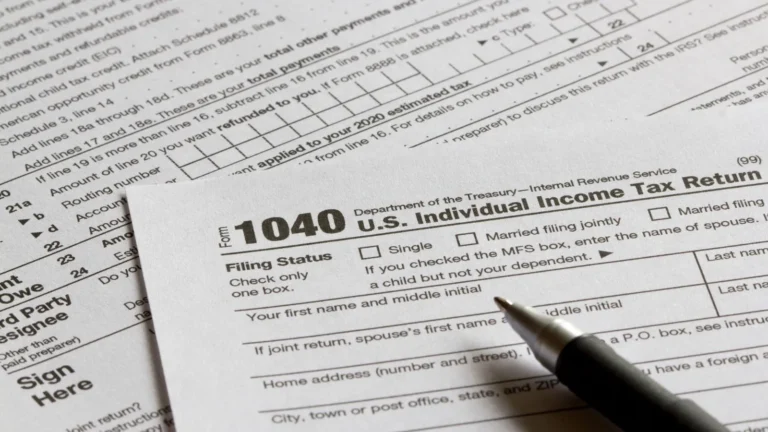
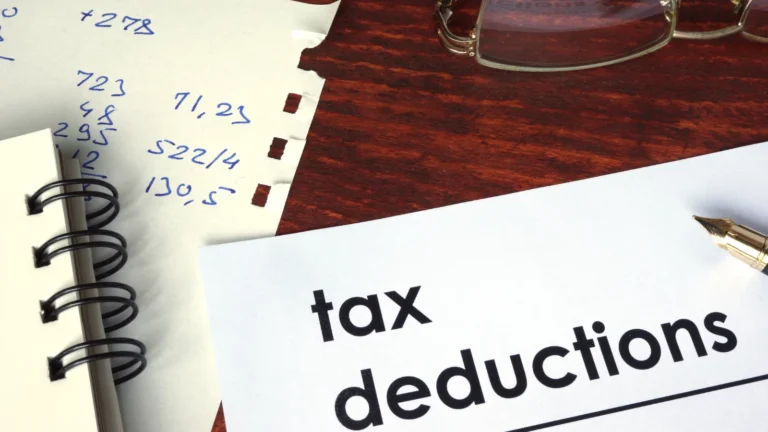




 anywhere
anywhere  anytime
anytime